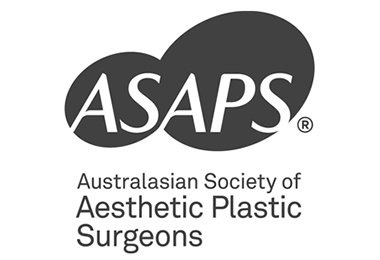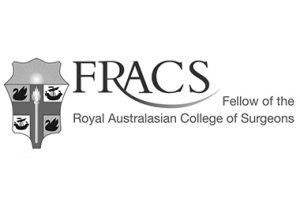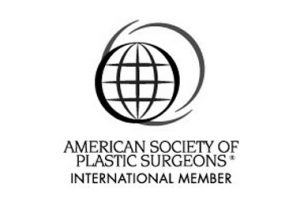SKIN GRAFTS
Surgical excision refers to cutting out the skin cancer with a margin of surrounding normal skin.
To reduce the chance of recurrence of the skin cancer, a complete cancer excision with the recommended margin is required. The margin required depends on the type of skin cancer.
Skin cancer excision is performed as a local anaesthetic awake procedure in the rooms or under asleep under general anaesthesia in a hospital.
Every piece of tissue removed is placed into a specimen container for analysis at a pathology laboratory.
It takes 2 to 3 days for a pathology result to be returned to the doctor. The doctor will then discuss the results with you. Treatment may either be complete or further treatment may be necessary.
Following excision closure is achieved in a few different ways.
A) Direct closure
B) Flap repair
C) Skin graft
A skin graft can be split skin or full thickness skin. A skin graft may be necessary if following skin cancer excision when direct closure or flap repair is not possible because of a shortage of skin.
Skin is taken from somewhere else on the body and this place is called a “donor” site. The skin can be taken in one of 2 ways: shave or excision.
A skin graft can be a split skin graft or full thickness skin graft.
A split skin graft involves shaving skin from the inner arm or the upper thigh and allows for more skin to be harvested but the donor site can be painful. An area of paler skin is left behind.
For smaller areas a full thickness skin graft involves excision of skin from around the ear or from the inner arm. The donor site is sutured and a small scar will remain.
The skin will need to pick up its own blood supply.
Following skin cancer excision every piece of tissue removed is placed into a specimen container for analysis at a pathology laboratory.
It takes 2 to 3 days for a pathology result to return to the clinic.
If skin cancer excision is completely removed further treatment is usually not required. In some cases, depending on the type of skin cancer and the amount of excision further treatment may be required.
If further treatment is required (further surgery, radiotherapy or investigations) your doctor will discuss options with you once the pathology tests have been finalised.
Your doctor will also discuss scar management and follow-up skin checks.
Make and enquiry
DR HERTESS MEMBERSHIPS





CONTACT DETAILS
Contact Number: (07) 5601 0492Email: enquiry@drhertess.com.au
Address:
Ground Floor, 220 Ashmore Road, Benowa QLD 4217
